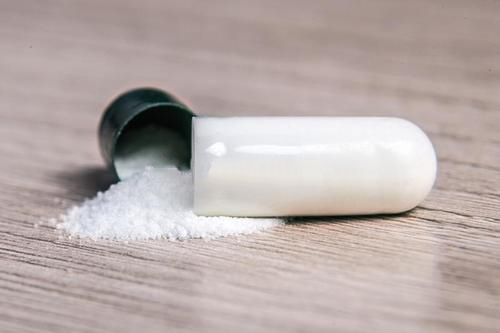

Home » News » Industry news » Spray drying in the pharmaceutical industry
Date:2019-11-18 Clicks:2000
Spray drying is one of the most remarkable technologies currently to be applied to pharmaceuticals. It is a continuous process that converts, in a single step,
a liquid feed into a powder and is an ideal process when precise attributes such as particle size, morphology and stability are required. This review describes
the technology, current and future applications and how the present level of understanding and modeling tools enable a process development stage that is
both lean and risk-free.

Spray drying is a drying method that was firstly described more than 140 years ago as an improvement in drying and concentrating liquids1. But it was not until
the beginning of the 20th century that the level of sophistication and knowledge of the process allowed its industrial use. The production of milk powder was
the first commercial application and still remains one of the most important uses of the technology.
Spray drying involves the atomisation of a liquid feed into very small droplets within a hot drying gas leading to flash drying of the droplets into solid particles.
The particles are then separated from the drying gas, using a cyclone and/or a filter bag, as a final spraydried product. The feed can be a solution, a suspension
or an emulsion and the resulting product can be classified as a powder, granules or agglomerates.
In a single continuous step, spray drying therefore converts a liquid feedstock into a powder with well-defined properties. Properties such as level of moisture
or residual solvent in the powder, particle morphology or size and powder density can be manipulated to a great extent to target levels. The remarkable flexibility
in tailoring the properties of the final powder, the gentleness of the process and its economics when compared with competing technologies such as freeze drying l
ed to its proliferation in multiple industrial applications including cosmetics, fine chemicals, detergents, polymers, excipients and pharmaceuticals.
The use of spray drying in pharmaceuticals was first explored by Bullock and co-workers in the 1940s and applied to infusions, extracts, inorganic medicinal salts,
adrenaline and vitamin C. Many more applications followed, and particularly relevant was the production of pharmaceutical excipients and the isolation of active
ingredients that were either thermal-sensitive or difficult to crystallise. Contrary to common perception, spray drying is in fact a very gentle drying method – firstly,
the exposure to temperature is limited to seconds or at most a few minutes, and secondly, the cooling effect that results from the evaporation process protects
the spray dried materials from the higher bulk temperatures. But despite the multiplicity of uses, it was not until the turn of this century that the use of spray
drying in pharmaceutical applications increased significantly.
The key driver for this expansion was the need to formulate oral drugs in the amorphous state as a means to increase the bioavailability of many modern drugs.
Due to spray drying’s rapid evaporation process this has become an ideal way to precipitate drugs from solutions in an amorphous state. This formulation platform,
known as “amorphous solid dispersions”, is the fastest growing formulation approach to overcome the poor bioavailability of many drugs. Spray Drying and Hot
Melt Extrusion are the main manufacturing process to obtain these amorphous materials. Other drivers for the more widespread use of spray drying in the pharmaceutical
industry include the production of inhalable drugs such as Pfizer’s Exubera or Mannkind’s Afrezza (both inhaled powder insulin), microcapsules for controlled-release
formulations or taste masking and advanced powder forms such as direct compressible and readily wet-able powders. So it is no surprise to see that every two
years, or more recently every year, a new chemical entity is formulated using spray drying technology. Some examples of some of these include Cesamet (nabilone,
Valeant Pharmaceuticals), Intelence (etravirine, Janssen Therapeutics) and Incivek (telaprevir, Vertex Pharmaceuticals). The enabling features of spray drying are
also being applied in the reformulation of existing drugs and for life cycle management purposes.